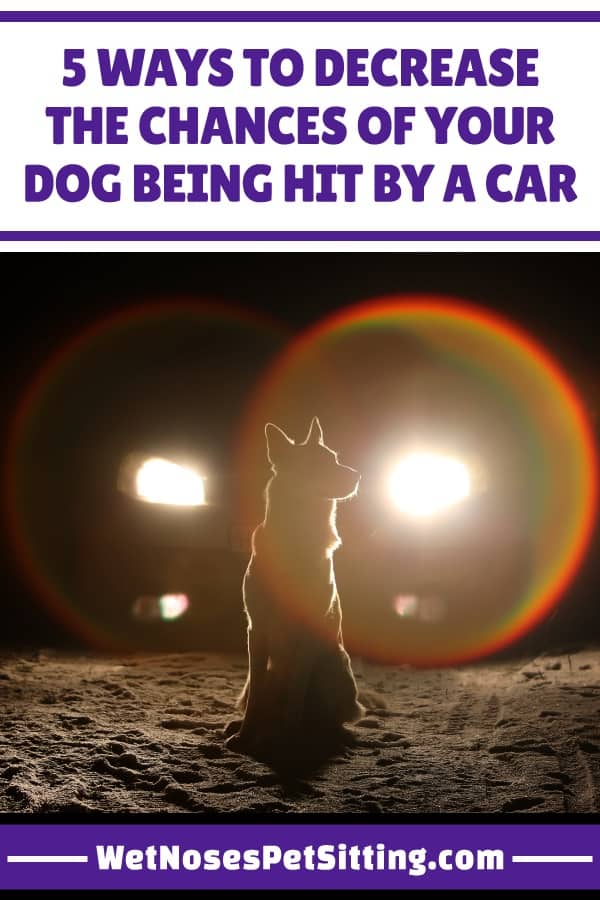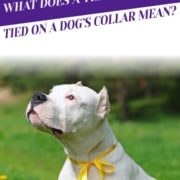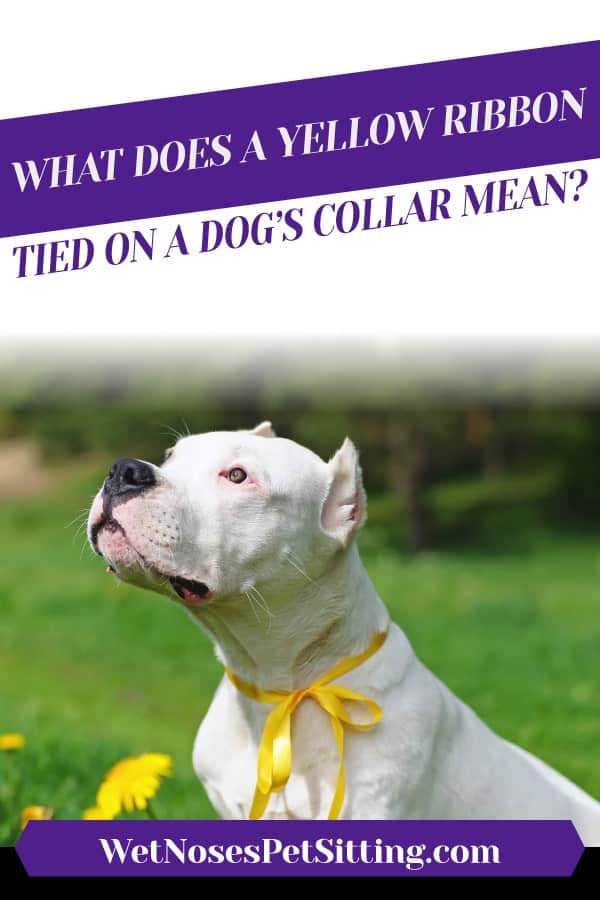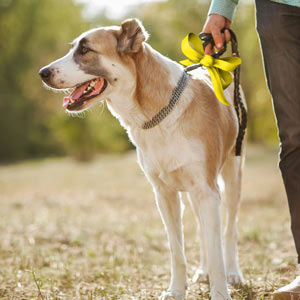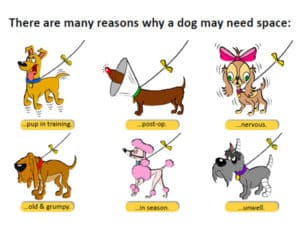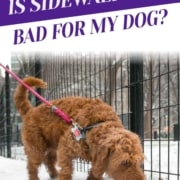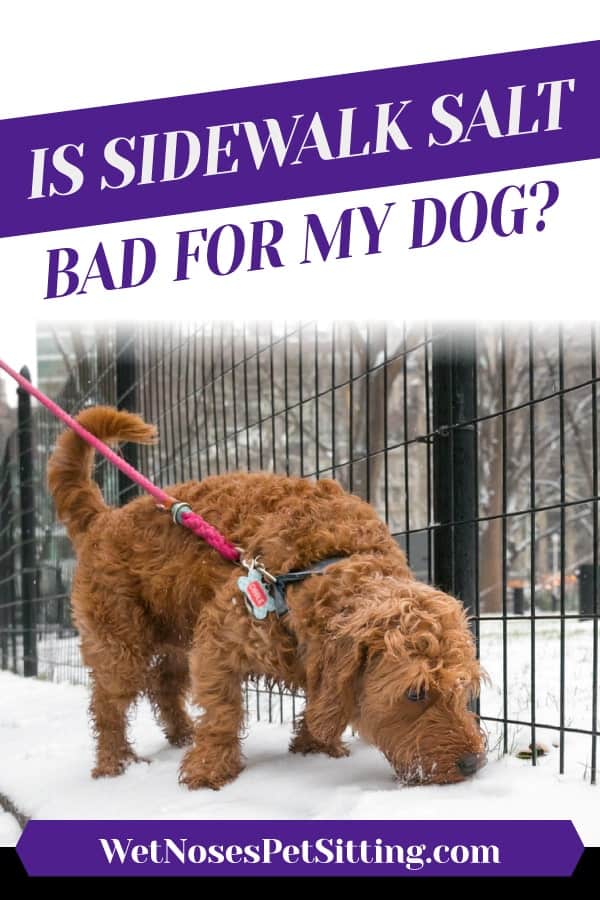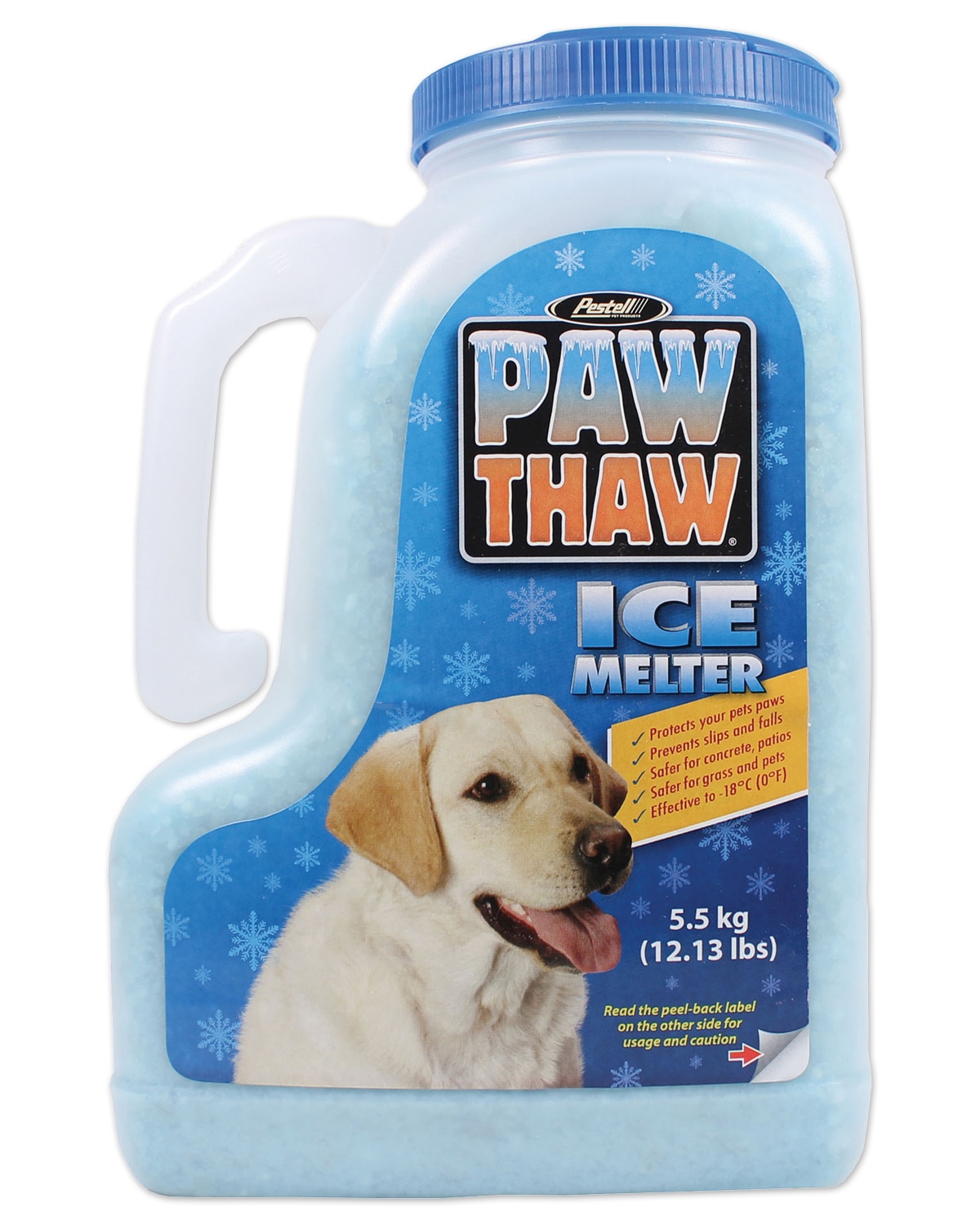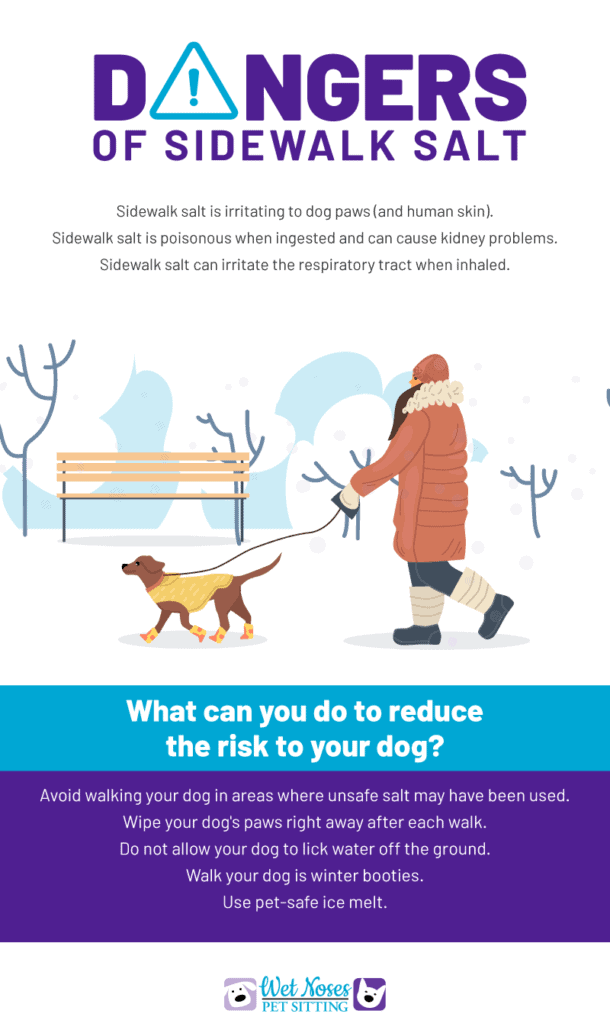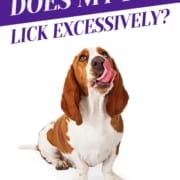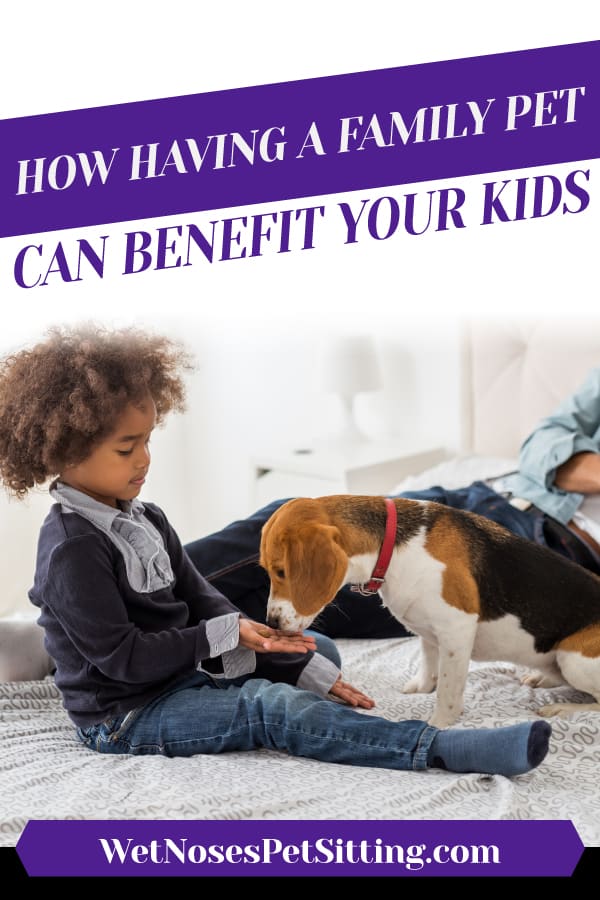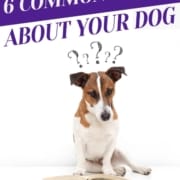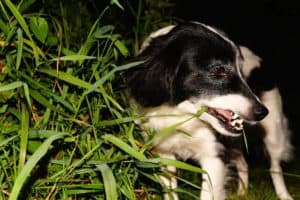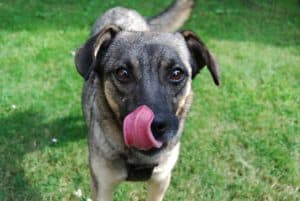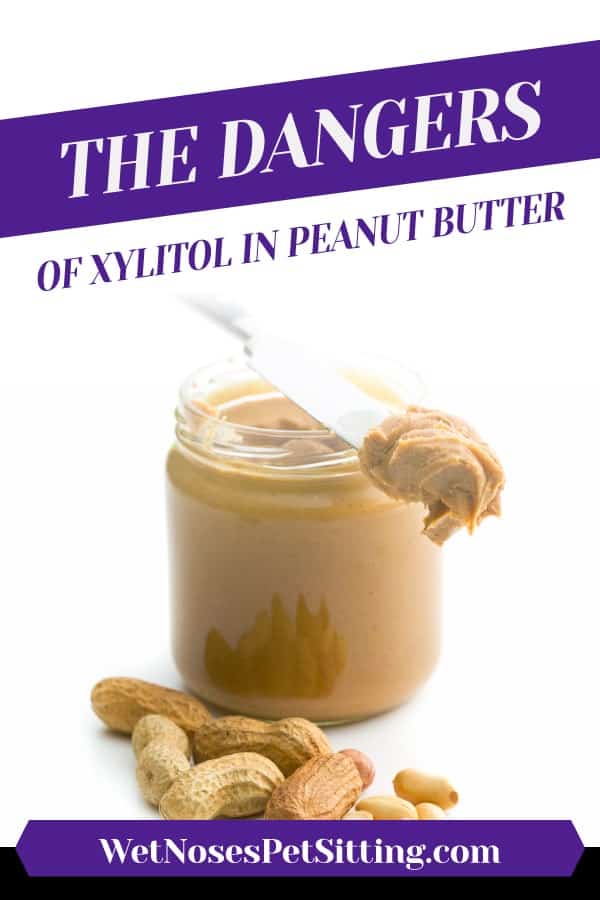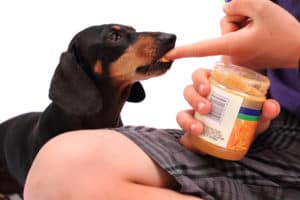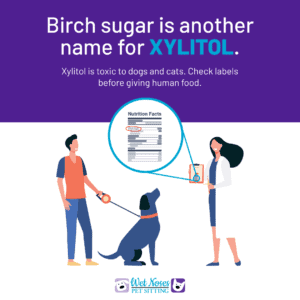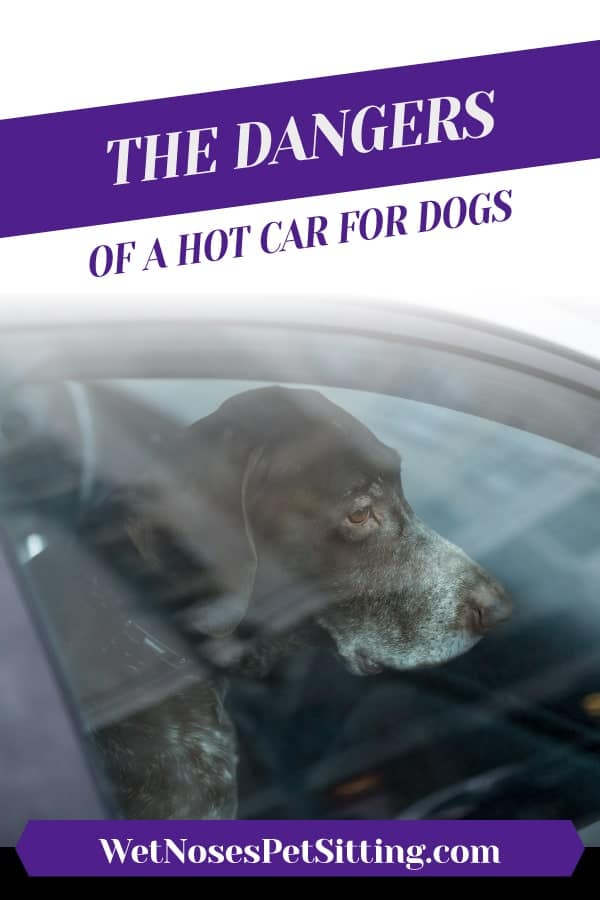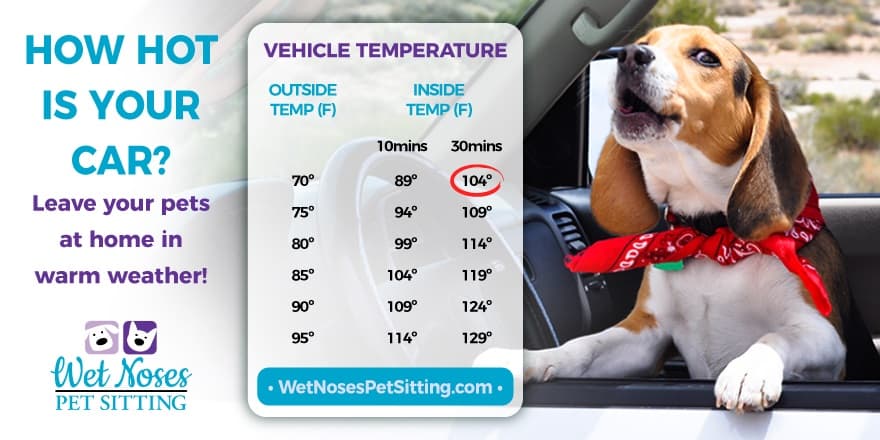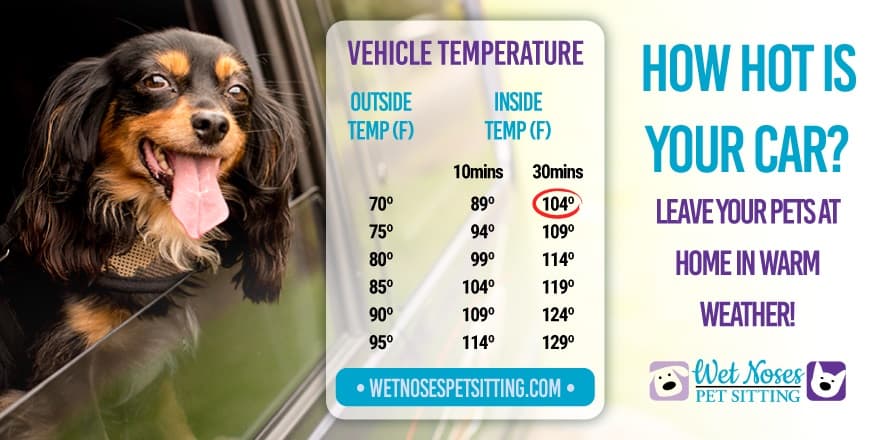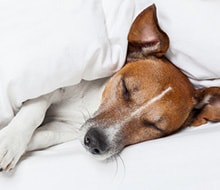5 Ways to Decrease the Chances of Your Dog Being Hit by a Car
It can be the worst thing imaginable, but your dog getting hit by a car is a real possibility. This is especially true in the summer when activities are at their peak. So, what can you do to decrease the chances of your dog being hit by a car?
1. Get your dog spayed or neutered
Not only is spaying and neutering important for population control, it also helps keep your dog close to home. Once a dog reaches sexual maturity the likelihood of them trying to escape to seek out mates is greater. Studies have shown that sexual roaming can decrease almost 90% after your dog has been fixed.
2. Make sure you have your dog on the proper leash and collar during walks
If you have the wrong size collar or leash, it is possible that your dog could slip out or yank free from your grasp. It’s important you choose the right collar for your dog to make sure they stay safe.
3. Check fences for holes or weak spots
Summertime is notorious for storms and falling tree limbs can damage fences. Check your fence after storms for any damage that could allow your dog to escape. You never know when your dog may get spooked by a storm or fireworks and try to hightail it out of the yard.

4. Teach your dog safety commands
Teaching your dog commands like “come” or “stay” are the most important commands they need. This can help avoid them running out of the door or across the street to catch a squirrel or rabbit.
5. Go over dog safety techniques with the whole family
Summer can be a busy time for your front door. With cookouts and the kid’s being out of school, it is likely that your home sees more guests than ever during the summer months. Make sure everyone in the home knows some basic safety tips, like “The Doggy Doorknob Rule.” That’s when all members of the family and guests make sure to check for the dog before turning the doorknob. This will help avoid them escaping when people are coming in and out.
Keeping our pets safe is a main priority and anything you can do to decrease the chances of your dog being hit by a car is key. Don’t forget to read our blog on How to Teach Your Dog to Cross the Street for even more safety tips to keep your dog safe while enjoy the sunny days of summer!


